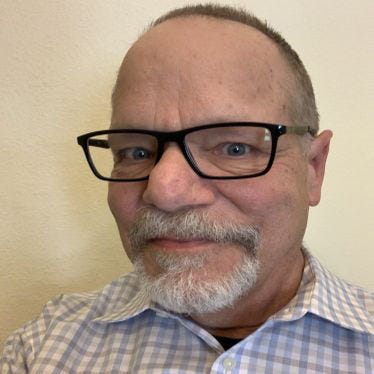SHP video shines light on regenerative herb farming in Costa Rica
A new documentary shows progress made in regenerative agriculture practices among herb farmers in Costa Rica.

The Sustainable Herbs Program (SHP) has released a new video detailing efforts to foster regenerative agricultural practices in herb farms in Costa Rica.
SHP, which is part of the American Botanical Council (ABC), unveiled the 20-minute video late last week. The video was filmed at five separate herb farms within Costa Rica. The farms are spread around the country, in Alajuela, Limón and San José provinces.
Hotbed of herbal cultivation
Costa Rica has long been on the radar of botanical ingredient supply companies, both for its political and economic stability and suitable range of biomes. The growth of the sector led NSF International to establish an office in the country more than a decade ago.
The experts interviewed in the video emphasized the scope of the problem facing regenerative agriculture proponents.
“After 20 years working in the certified organic space, we haven’t made as much progress as we would have liked,” said Ryan Zinn, regenerative projects manager for the natural products brand Dr. Bronner’s. “We have to get really serious about our theory of change.”
Joshua Hughes, CEO of Blacksheep Regenerative Resource Management, said the modern industrial farming approach is essentially one in which depleted soil serves as a matrix to hold plants in place—plants which cannot thrive without the chemical inputs inherent in the system. It requires time, effort and, above all, investment to break that cycle. Platitudes are cheap; real change is not.
“There’s an investment here in infrastructure that we all must take seriously, especially those of us from our cultures in the North where we have sucked these areas dry,” Hughes said. “Let’s pour some money on it, not just expectation.”
Delving to the heart of the regenerative idea
The video delves into some key aspects of the regenerative movement, which seeks to take organic agriculture a step further toward a farming method that improves the soil and makes it more resilient over time.
“When you are a farmer, you are really growing soil. Crops are almost secondary,” said Geri Brown of Cinco Ramas Farm. “It’s a critical mindset to have.”
Among the key points addressed in the film are:
How organic certification is not enough to address the scale of the current human and ecological challenges.
How regenerative farming practices like mulching, low and no-till procedures, and intercropping help balance the microbiology of the soil, and why that microbial makeup is important.
The importance of dignified, stable work for farmers as a way to convince younger people to continue to farm.
How herbal products companies can better support the farming communities on which the industry depends.
These ideas are being instituted in many parts of the world, including here in the U.S.
The video shows the forest canopy method of cultivation for some of the crops at Cinco Ramas Farm. This mimics some of the forest understory herb cultivation practices that are in a nascent development phase in parts of Appalachia. That program is also receiving support from the Sustainable Herbs Program.
Challenges abound, but there’s hope for the future
In the video, Zinn repeatedly cautioned against complacency. He noted that while organic and regenerative concepts generate a lot of lip service, in terms of the overall supply of herbal and agricultural commodities, they still hardly amount to a rounding error. Nevertheless, he ended on a hopeful note.
“Over the last five or seven years, we’ve seen a transition to understanding that agriculture plays a really significant role in emitting greenhouse gases,” Zinn said. “[Regenerative farming] is one of the best ways that we can not only address global greenhouse emissions, but also really improve people’s lives. I would say [it] is one of probably the most hopeful things I’ve seen.”
The video was produced by SHP director Ann Armbrecht, Ph.D., and noted documentary filmmaker Terry Youk. To watch the full video, visit the SHP website.
About the Author
You May Also Like

